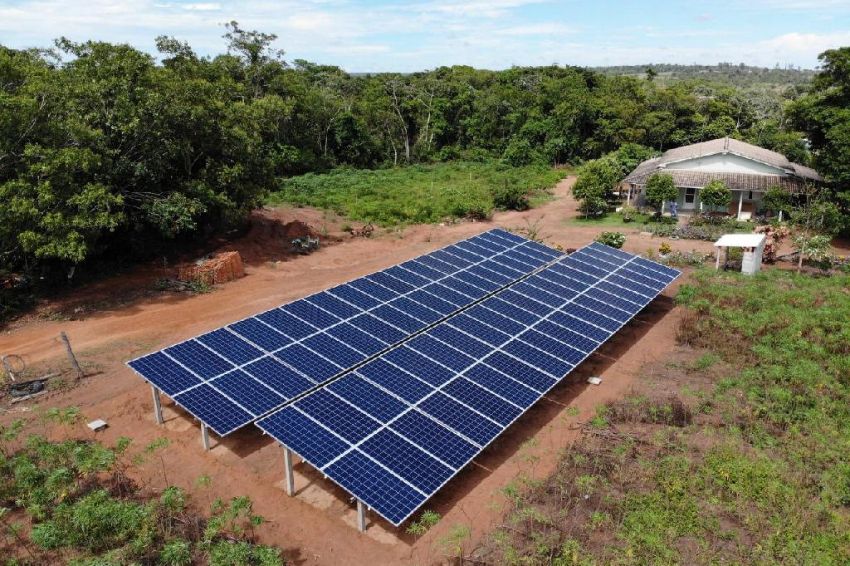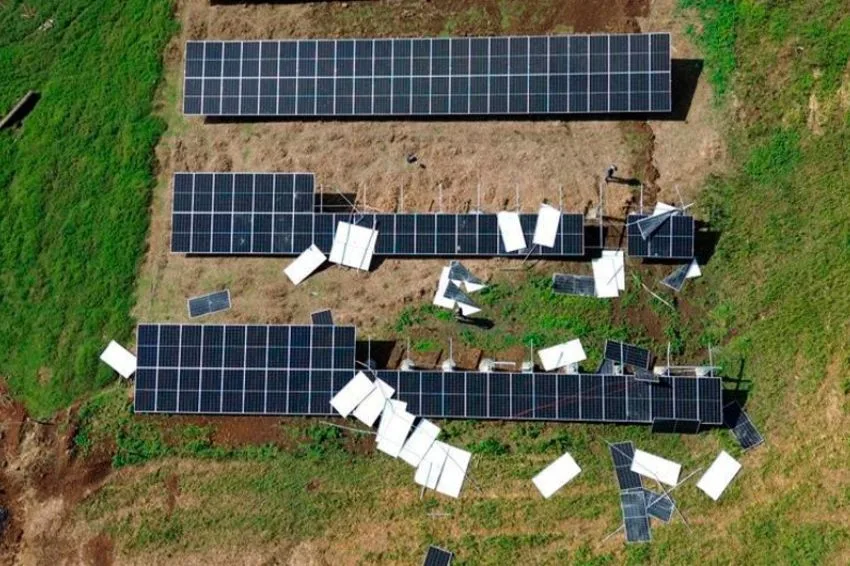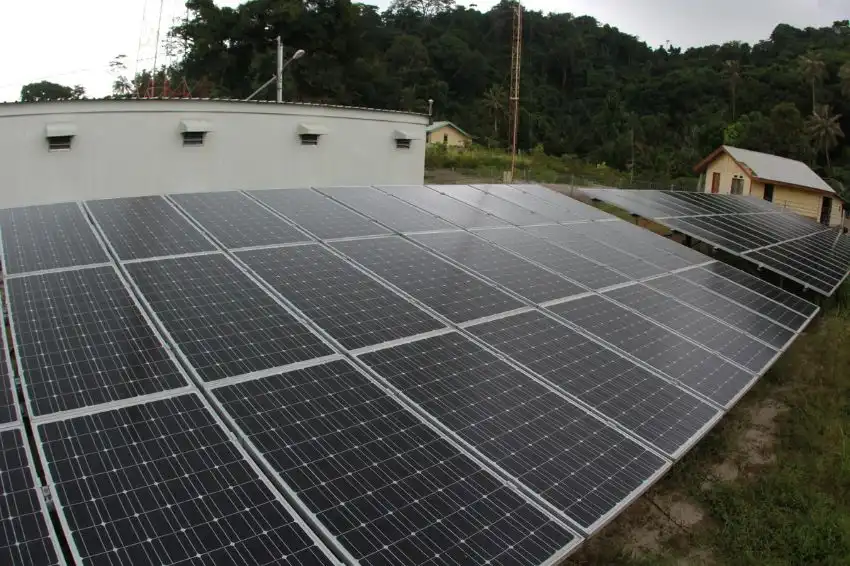Although the rural segment is the third with the highest number of connections and installed power, only 13% of solar energy generated in Brazil is directed to rural areas, according to ABSOLAR (Brazilian Association of Photovoltaic Solar Energy).
This demonstrates that large and small producers are still suffering losses, after all, agriculture could be benefiting greatly from this source of renewable energy.
With the breadth of the Brazilian territory, Many farms and rural properties still do not have access to the electricity grid. And those that do have it spend exorbitant amounts on the electricity bill, as production processes require a lot of energy.
In addition to the economic issue, there is environmental concern. On January 14, 2023, the 13th Session of the Irena Assembly (International Renewable Energy Agency) took place.
On the occasion, the UN Secretary-General, António Guterres, stated that renewable energy is the only reliable way for the world to avoid a climate catastrophe.
According to Guterres, the ideal is for 60% of the electricity used in the world to be generated by renewable sources by 2030. Today, we are at just 30%.
Another point to consider is that solar energy in agribusiness is capable of contributing to the reduction of greenhouse gases.
Keeping this in mind can be a great selling point, as agribusiness must also be committed to the ESG Agenda.
Therefore, there are several benefits: less recourse to non-renewable sources, fewer polluting gases and even a reduction in the cost of food produced. The producer, the planet and the population win.
Today I bring some data about solar energy in agribusiness, and useful information so that we can increasingly contribute to the energy transition in this sector.
Possibilities for using solar energy in agribusiness
There's no better place to capture the sunlight than the countryside. In this context, it is possible to install both on grid and off grid systems, depending on how easy it is for the property to access the distribution network.
If access to the grid is possible, the on grid system will be great for delivering excess energy to the utility and, thus, making energy compensation.
For more isolated properties, the ideal choice is the off grid system. With it, the customer will have the necessary autonomy to store excess energy in batteries to use it at night or on cloudy days.
It is also worth considering an off grid system for specific structures on the property, such as dairy refrigerators, even if the installation is focused on on grid. This will help ensure supply under any circumstances.
With the ideal system installed, the producer will have much more comfort and savings in various activities. See some examples:
Irrigation
Irrigation is one of the activities that consume the most energy on farms, as it needs to be constant. According to ANA (National Water Agency), Brazil is one of the ten countries with the largest irrigated area in the world (around 8.2 million hectares).
Investment company TCP Partners predicts that Brazil will arrive in 2040 with 12.4 million hectares of irrigated cultivation area. With this in mind, solar energy can support this growth by ensuring sustainability.
Refrigeration
The foods produced, such as meat, milk and dairy products, need large refrigerators to maintain their quality. Solar energy can contribute to this, in addition to being useful for regulating temperature in spaces where chickens, pigs and dairy cows are raised.
Cultivation, drying and storage of grains
Sunlight in crops can be used very well to grow coffee, beans, corn and other grains. These products also need to go through drying and storage processes, and the machinery for these activities becomes much more efficient when using solar energy as a heat source for the drying chambers.
precision agriculture
Technology is a game changer when it comes to monitoring and managing production in agribusiness. Farms that have communication towers, internet, radios, equipment, GPS and other resources work more efficiently and dynamically.
A solar energy system, especially off grid, is an excellent ally to keep everything running. The same goes for security systems.
These are just a few examples, but it is also worth remembering how much solar energy can contribute to water pumping, ventilation in poultry houses and pens, the operation of electric fences, among other activities.
Tax incentives for agriculture
Agribusiness is responsible for 23.5% of GDP. This factor motivated the federal government to launch the Pró-Sol project, which provides for encouraging the use of renewable energy sources.
Since 2020, Pró-Sol has ensured that rural entrepreneurs adhering to solar energy are exempt from the mandatory payment of the fee to the concessionaire. Thanks to the project, investment in solar energy projects over the next five years is estimated to be R$ 10 billion.
Shared generation
This type of energy compensation is very welcome for agribusiness, as it characterizes the gathering of consumers who receive credits from a micro or mini-generation generating plant distributed in a different location from where they are consumed.
With Law 14,300/22, there are new models for bringing together consumers, giving even more options for the population in rural areas to share energy.
The cooperative modality already existed, which requires at least 20 people, with priority for individuals. Now, a new feature is the consumer consortium, which allows the union of individuals as well as legal entities for a Social Contract in which those involved share the energy.
Another novelty that should be very useful for agriculture is the voluntary civil condominium modality. This type of condominium is formed when more than one person, natural or legal, shares ownership of an asset, such as land. This is an opportunity for rural producers to join forces by investing in a photovoltaic plant.
Conclusion
O The solar energy market has enormous potential for expansion in the agricultural sector, bringing various economic, environmental and social benefits.
After all, the adoption of solar energy in this sector can bring new job and income opportunities for rural communities, helping to reduce social inequalities and promoting sustainable development as a whole.
Reaching this audience and overcoming their objections is a mission capable of making Brazil a world leader in clean and renewable energy.
Therefore, creating incentive and awareness campaigns for the agricultural sector is something that should be included in our strategies for “yesterday”. Leave your comment: Has your company already contributed to this expansion?
The opinions and information expressed are the sole responsibility of the author and do not necessarily represent the official position of Canal Solar.

















